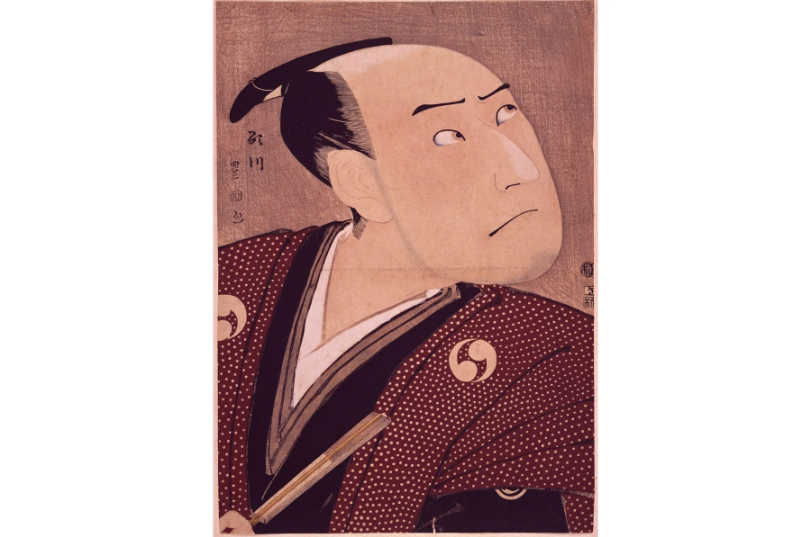Designed by even Hokusai and Santo Kyoden...
Edo Komon was the Pride of the Samurai, and the Fashion of Commoners

Utagawa Toyokuni - Sawamuro Sojiro III - COL Base
The term Edo Komon is a kimono that can be worn for various occasions, from semi-formal to casual. However, this name became established relatively recently, around the 1950s when Komiya Kosuke, a textile artist was designated as a Living National Treasure for his work in the Edo style of Komon. The name Edo Komon was designated to distinguish it from other types of Komon textiles.
The roots of Komon, including Edo Komon, trace back to the Edo period in Japan.Let's explore the development of komon textiles from the perspectives of samurai and townspeople, who played key roles in its evolution.
Komon dyed Kamishimo served as the Uniform for the Samurai
The word Komon is now used to refer to both the method of pattern application and the kimono itself. However, originally, it was a term used to indicate the size of the patterns.
Stencil dying fabrics with repeat patterns began around the 12 century in Japan. At that time, they used the terms Daimon for the largest patterns, Chuugata for medium-sized ones, and Komon for small patterns.
Initially, this technique was applied to armor and other military equipment. It gradually found its way into the clothing of the warrior class, which known as Suo. Subsequently, it became in the formal attire of samurai during the Edo period.

Formal Jacket and Trousers "Suō" with Cross-Shaped Crests - COL Base
A Kamishimo 裃 is a garment consisting of a shoulder covering and hakama made from the same fabric. In the early Edo period, there were bold and large-patterned Kamishimo, but sumptuary laws imposed by the shogunate led to a shift towards simpler, finer Komon patterns. Samurai from various regions who participated in the Sankin-kotai(alternate attendance at the Edo Court) began wearing Kamishimo from locally produced Komon, each competing for the delicacy of the patterns. While extravagant attire was prohibited, samurai still sought to excel in quality and design, aiming to look better than their counterparts from other domains.
Regarding the color of Kamishimo, there were no strict rules, but subdued colors such as indigo and gray were predominant. It was important to pay attention to the quality of the indigo dye since, when worn the back of the fabric visible from behind. Any cloudiness or unevenness on the back of the fabric would be considered poor quality, and embarrassing to wear.
Powerful domains gradually began creating their unique patterns. These patterns were called Todome-gara or Sadame Komon, and the use of these patterns by other domains was prohibited. Patterns include the Tokugawa shogunate's Omeshi-ju, the Kishu Tokugawa Same Komon, and the Kaga Maeda family's Kiku-bishi, among many others.
Komon patterns became so prestigious among the samurai that they served as representations of their family status, almost like family crests. The Kamishimo garments adorned with these patterns became akin to a uniform representing their homeland and something to take pride in.
Commoners expressed themselves with "Iwaru Komon"
On the other hand, Komon among commoners took on a different look to prestigious patterns favored by samurai. By the middle of the Edo period, many commoners followed the Samurai trends. Amidst a series of sumptuary laws, Edo residents wanted to enjoy fashion within the limited range of colors and patterns available to them. This led to the creation of unique designs known as "Iware Komon," which were characterized by witty and clever designs. These patterns gained popularity among affluent townspeople, both men and women.
Iware Komon featured designs inspired by everyday items like scissors, tobacco pouches, grated daikon radishes, and even text-based designs like "Kanai Anzen" (safety of the household). Additionally, unique patterns like "Hatsuyume," depicting Mount Fuji, a hawk, and eggplants, were created. Patterns inspired by kabuki actors, known as "Kamezo Komon" and "Hanshiro Komon," also were a bif hit.. These patterns infused Edo humor and trends into delicate designs.
Even the reknowned artist Katsushika Hokusai designed many komon patterns for kimono. His work titled "Shin-gata Komon-cho" published in 1825 showcased textile patterns primarily for kimono use. This publication was later republished in the Meiji period under the name "Hokusai Moyou Gafu," and the patterns featured in it have been referred to as "Hokusai Moyou" or "Hokusai Patterns" ever since. Besides kimono patterns, Hokusai also designed items like tobacco pipes and combs.

Hokusai Moyo Gafu - NDL DIGITAL COLLECTIONS
Before Hokusai released his collection of komon designs , A well known author and artist, and celebrity in his own right, Santo Kyoden had also released collections of designs for kimono called "Komonsai" and "Komongabun". Santo's patterns were characterized by his unique and humorous perspective, featuring elements of satire, criticism, and parody.

Kyodenkufu Komongata(NDL DIGITAL COLLECTIONS)
With its roots in both samurai and commoner cultures, Edo Komon appears to have slightly contradictory origins, but it was cultivated under strict constraints in both social spheres. What unites them is the appreciation for subtle elegance over ostentation. It was the evolution of these two distinct approaches that gave rise to the versatile Edo Komon we have today. Edo Komon can be seen as the epitome of Edo culture, nurtured by the pride of samurai and the subversive sophistication of commoners.
【References】
- "Edo Komon Pattern Guide" by Studio Tack Creative.
- "Edo Kimono and Clothing in Edo" edited by Nobuhiko Maruyama (Shogakukan).
- "Was Hokusai a Fashion Designer!? What Is 'Hokusai Patterns'?" by Adachi Hangakuen Research Institute.
- "Solving the Mystery! The Edo Recommendation" supervised by Makoto Takeuchi (NTT Publishing).
- "Shima-koushi in Early Modern Times: What We Wear and Society" by Kunihiko Hiroi (Shikousha).
- "About Komon" from Hirose Dyeing Workshop.
Regional Map of Edo Komon Clan Designs

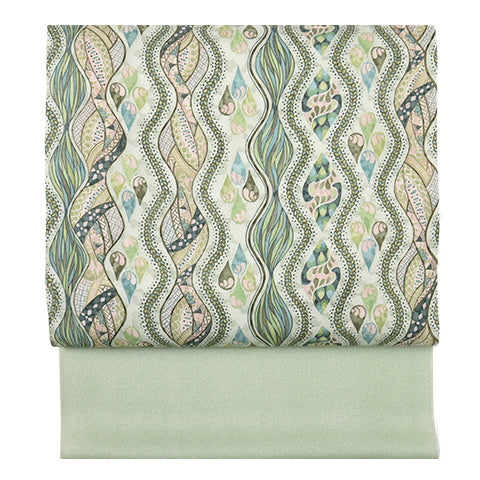 名古屋帯
名古屋帯
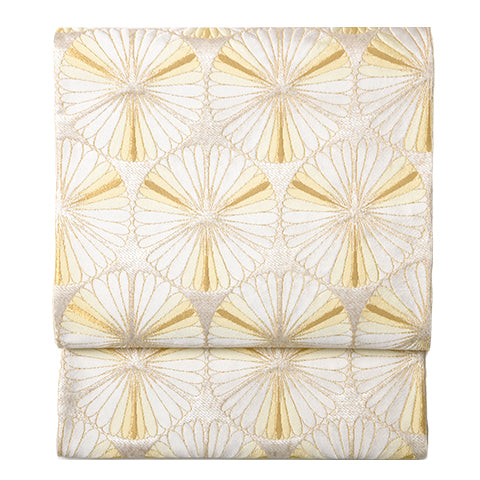 袋帯
袋帯
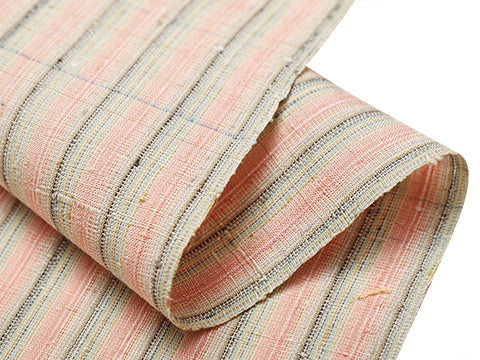 紬・綿・自然布
紬・綿・自然布
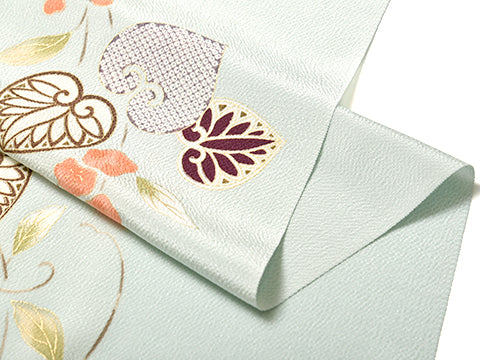 小紋・江戸小紋
小紋・江戸小紋
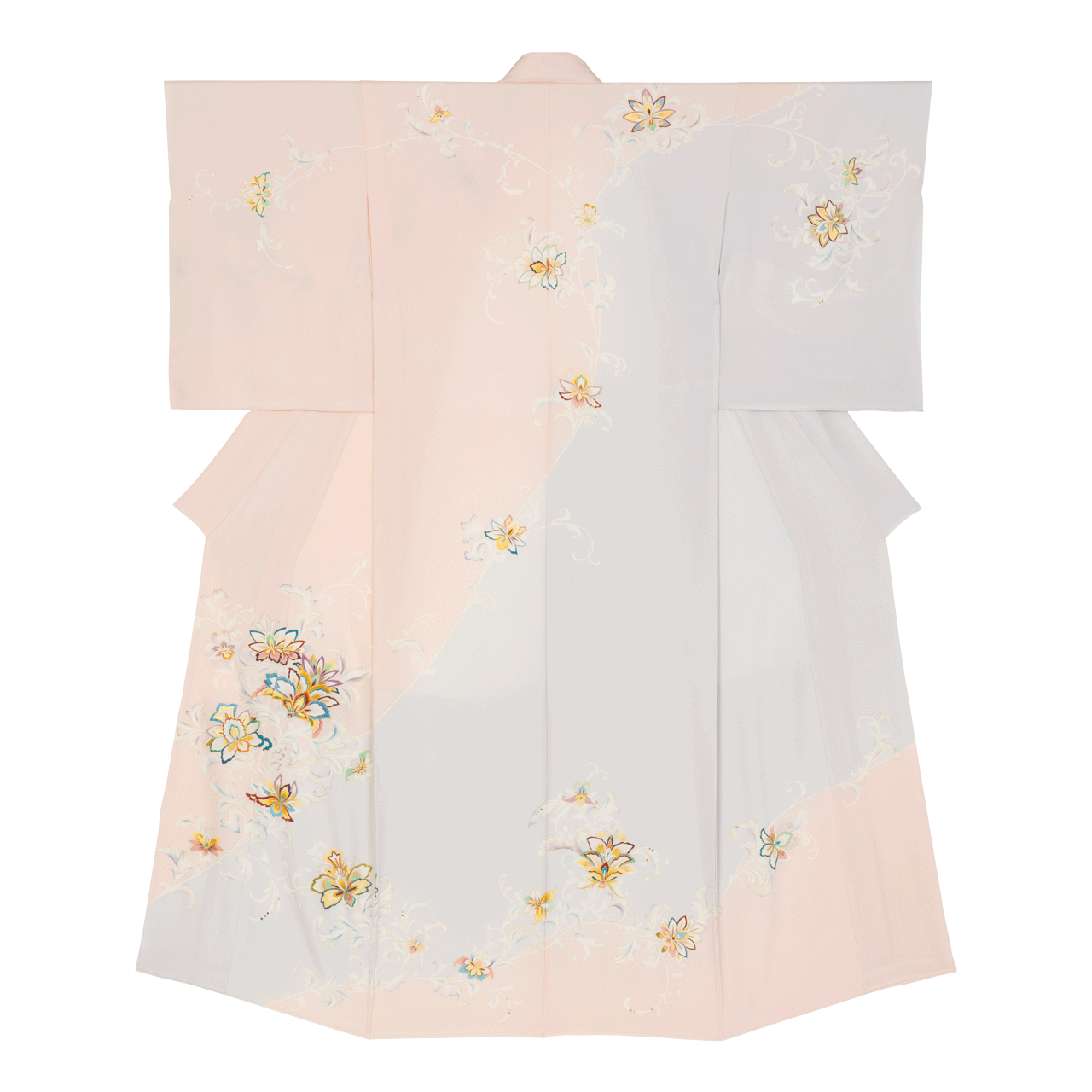 訪問着・付下げ・色無地ほか
訪問着・付下げ・色無地ほか
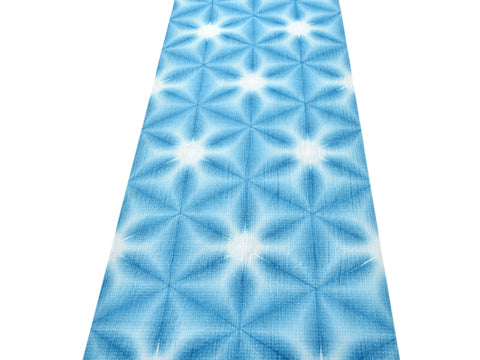 浴衣・半巾帯
浴衣・半巾帯
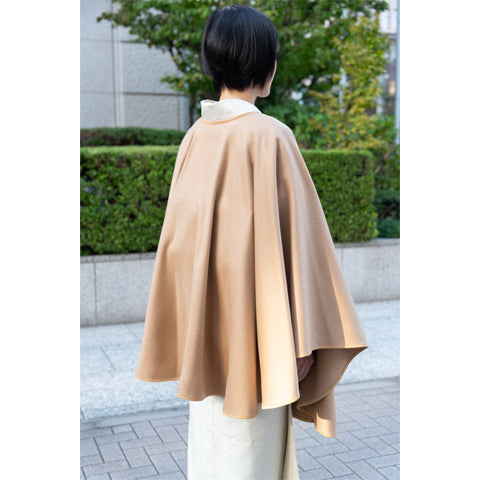 羽織・コート
羽織・コート
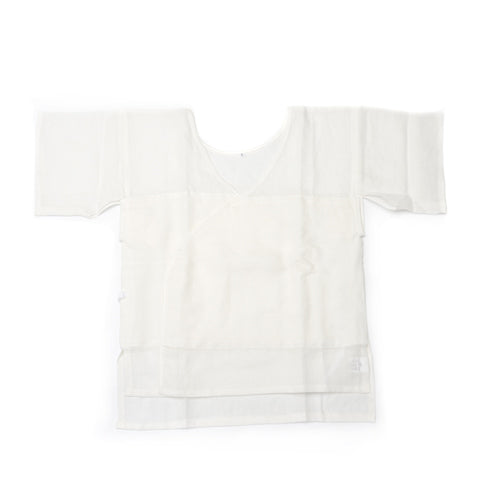 肌着
肌着
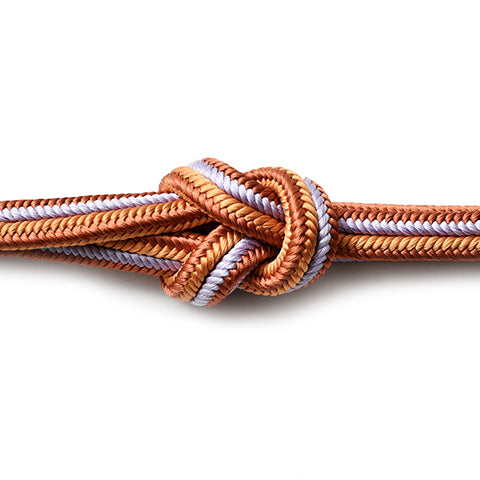 小物
小物
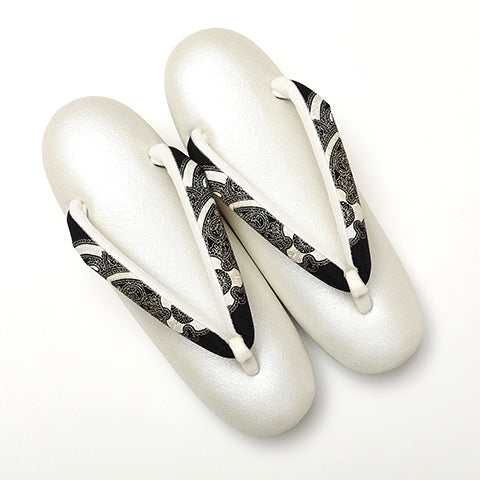 履物
履物
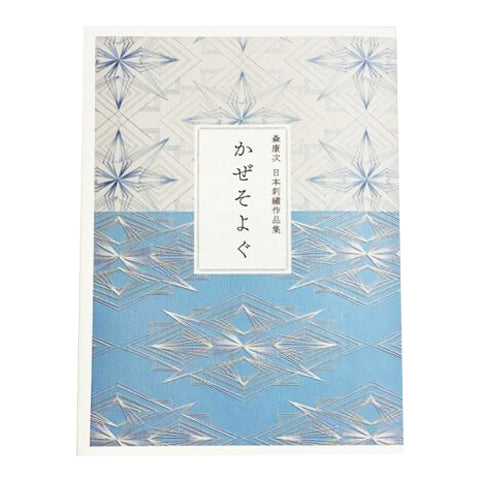 書籍
書籍
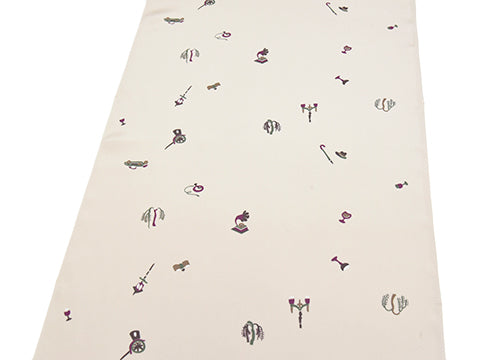 長襦袢
長襦袢
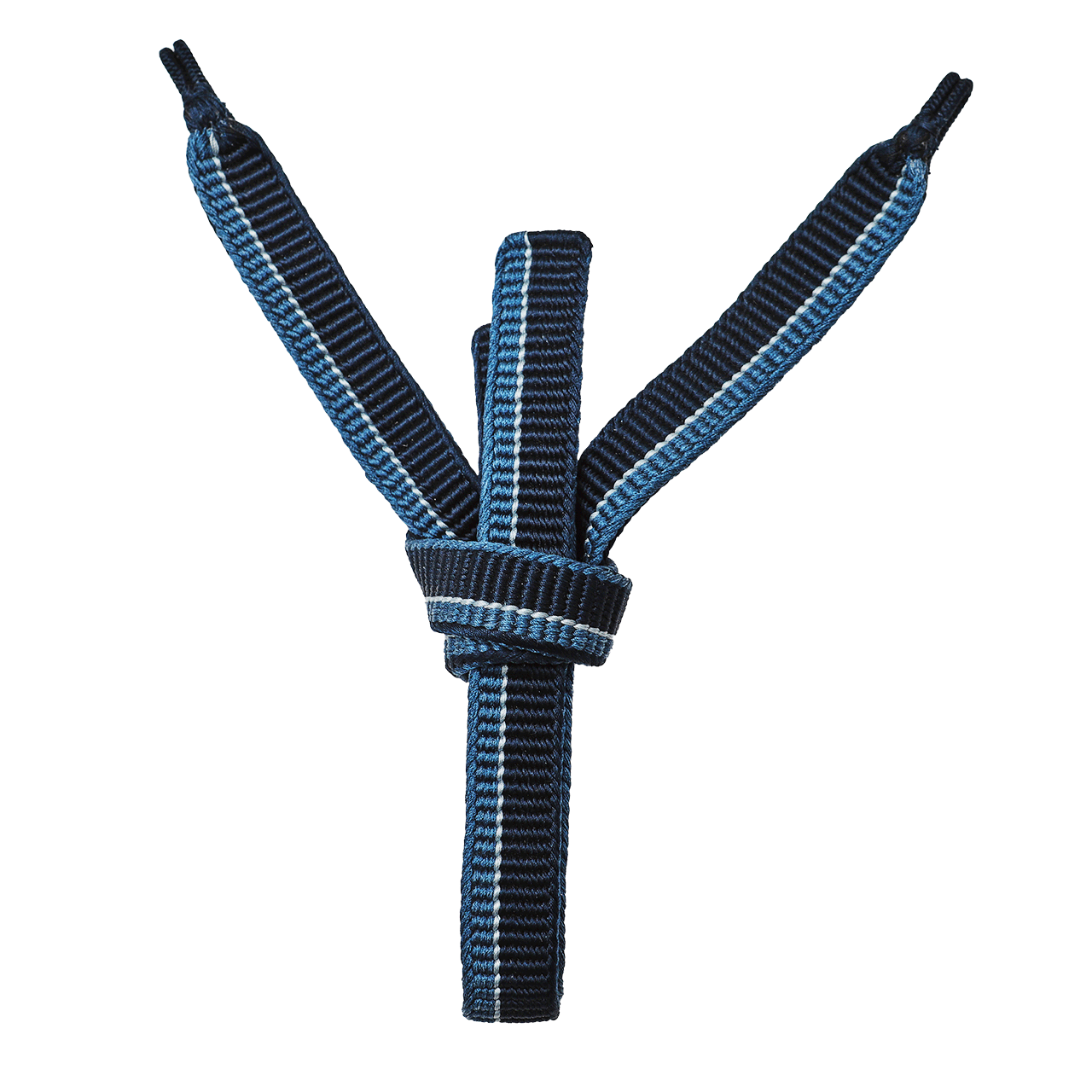 小物
小物
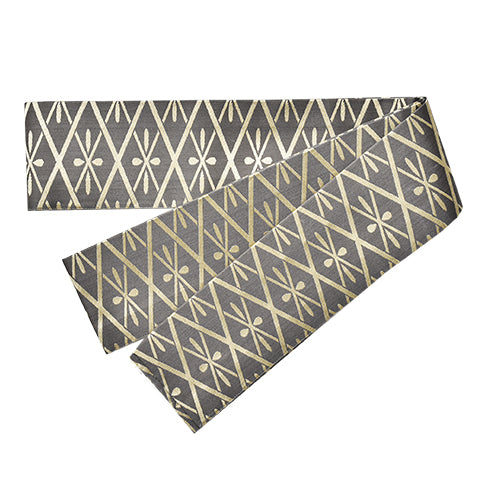 帯
帯
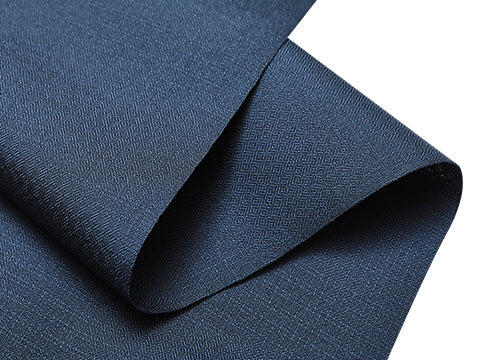 お召
お召
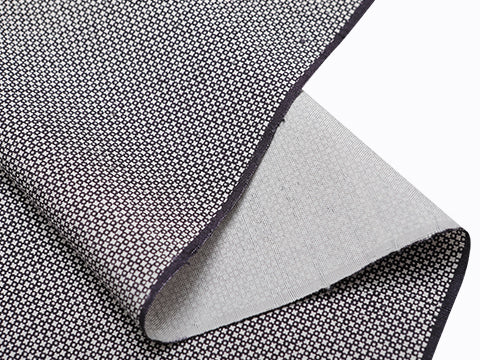 小紋・江戸小紋
小紋・江戸小紋
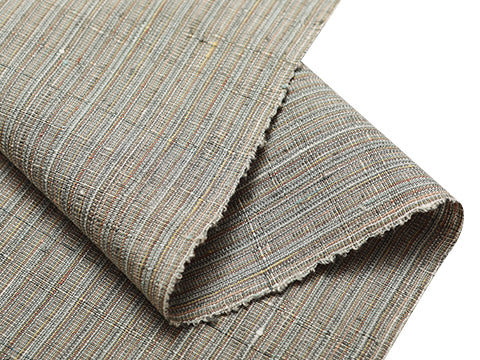 紬・綿・自然布
紬・綿・自然布
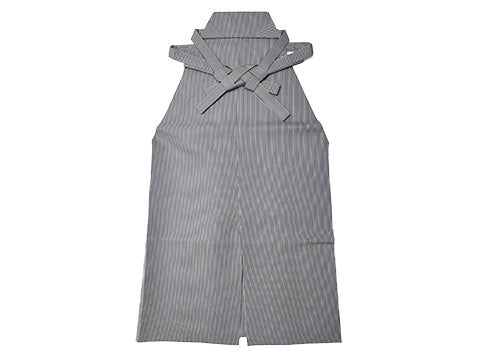 袴
袴
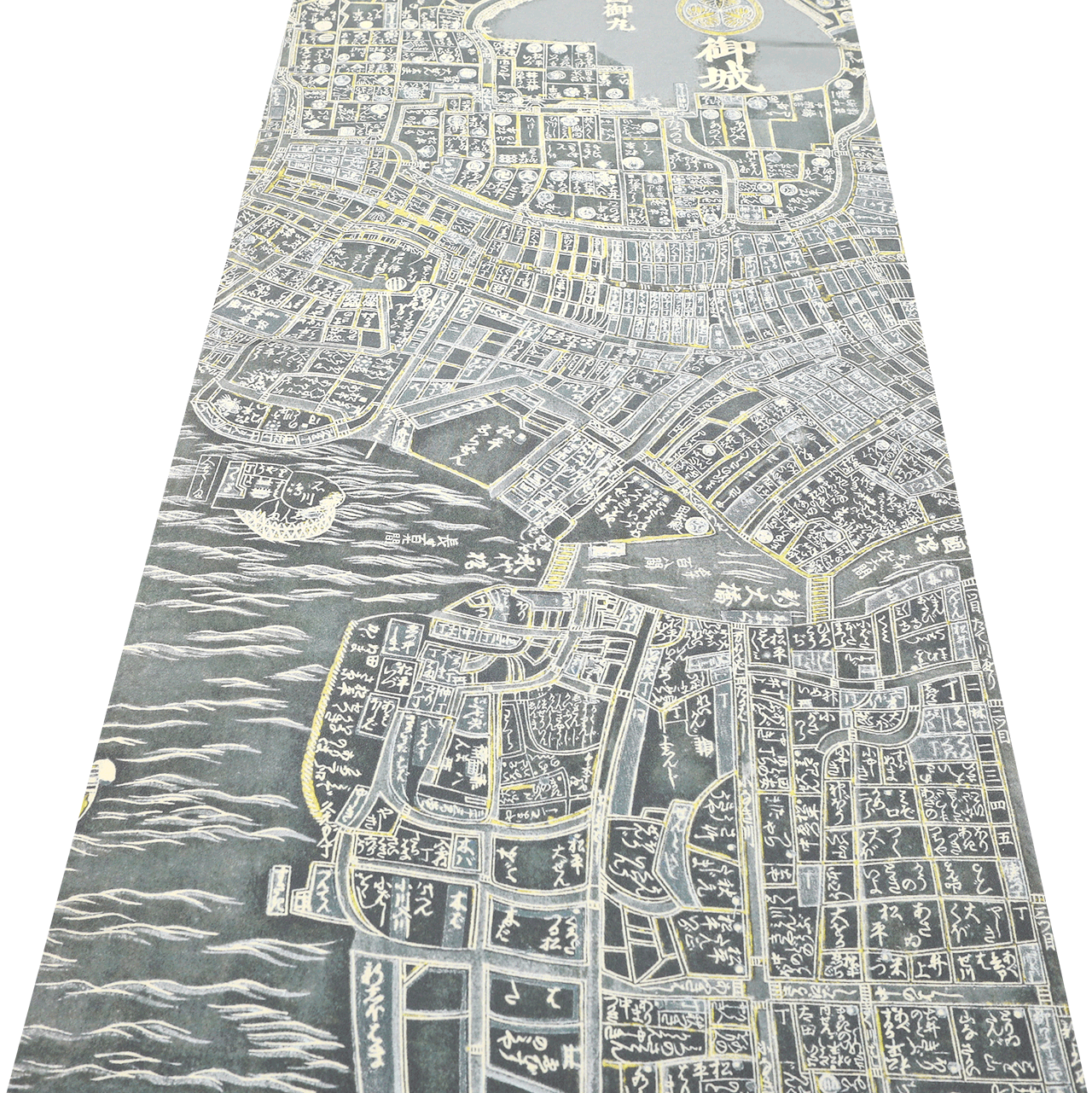 長襦袢
長襦袢
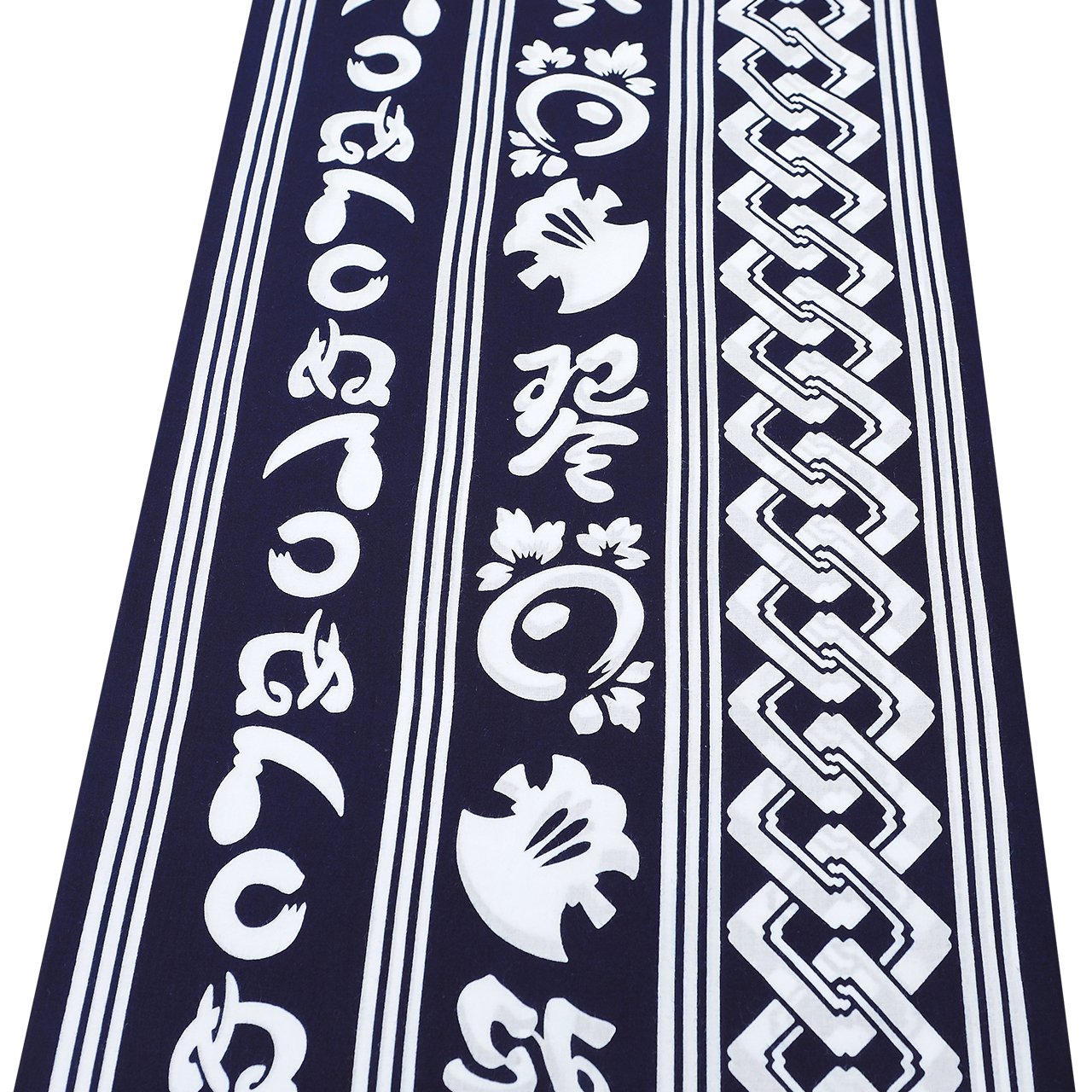 浴衣
浴衣
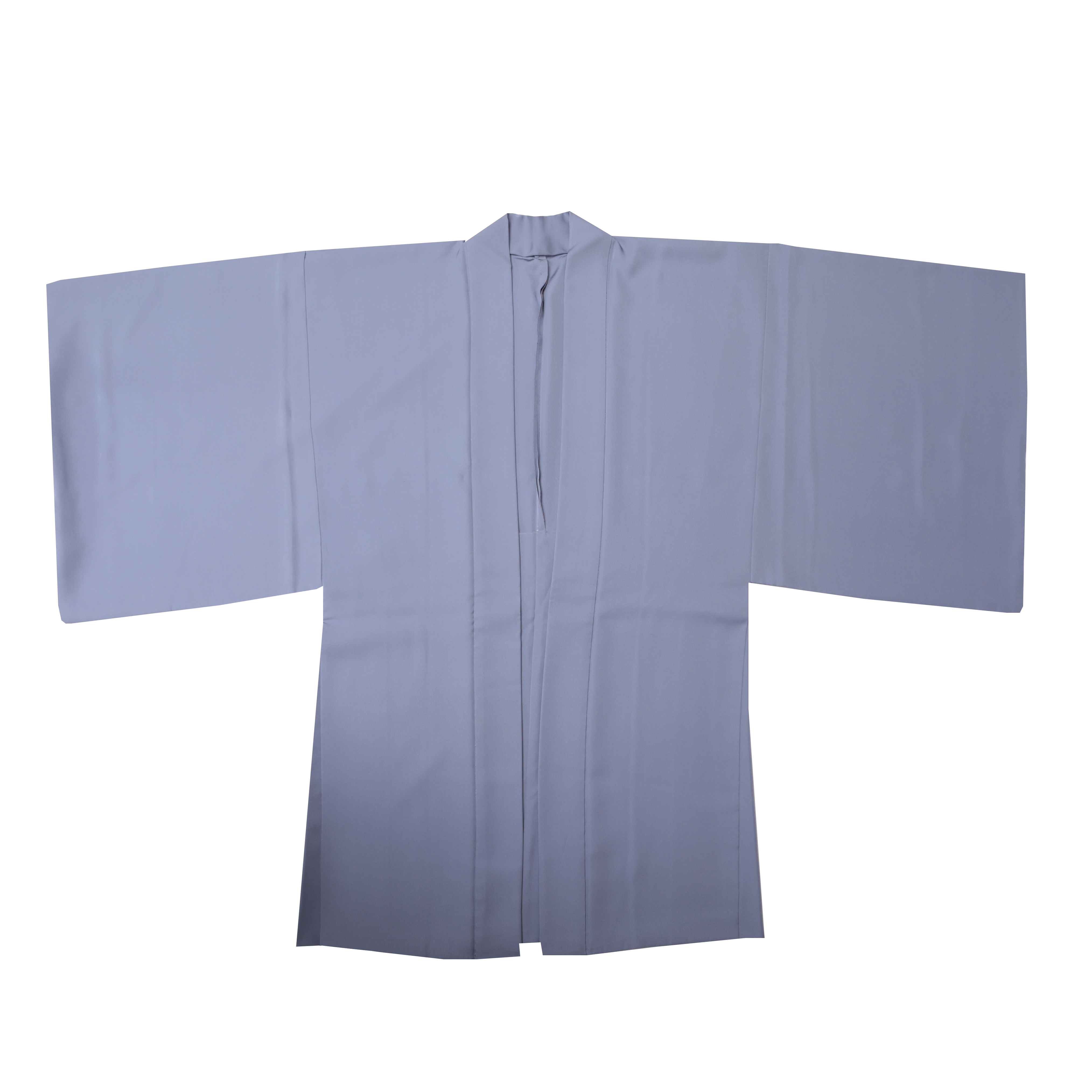 羽織・コート
羽織・コート
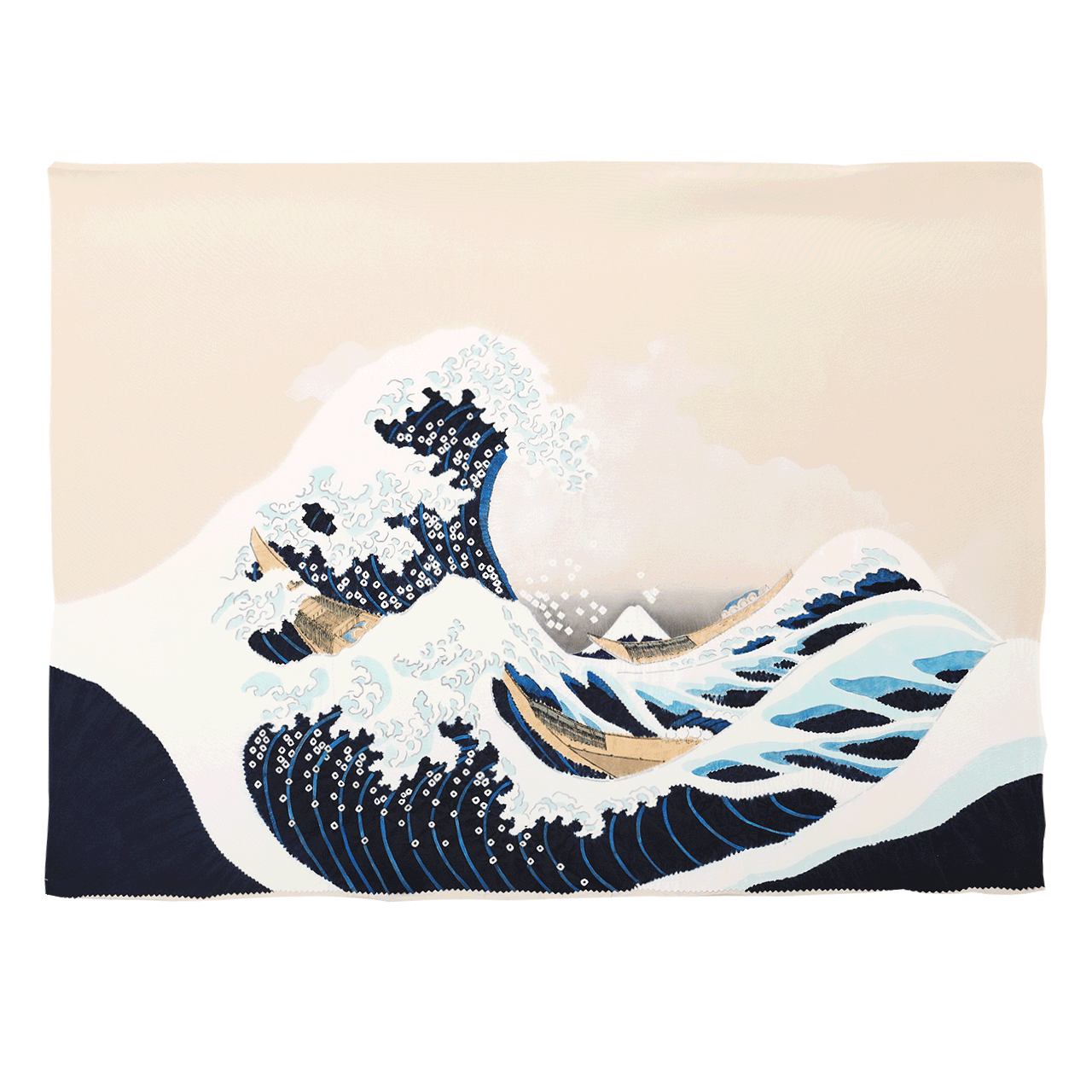 額裏
額裏
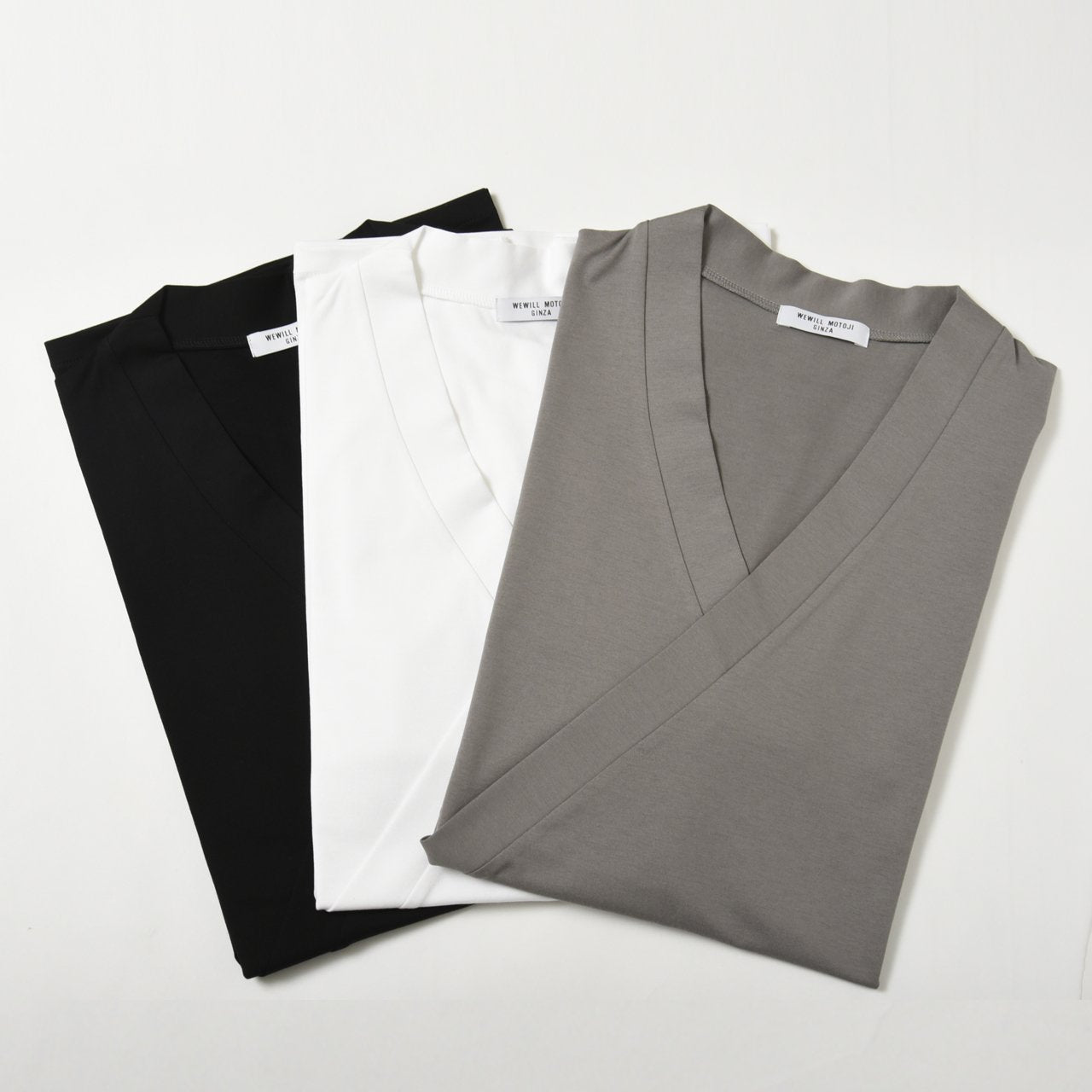 肌着
肌着
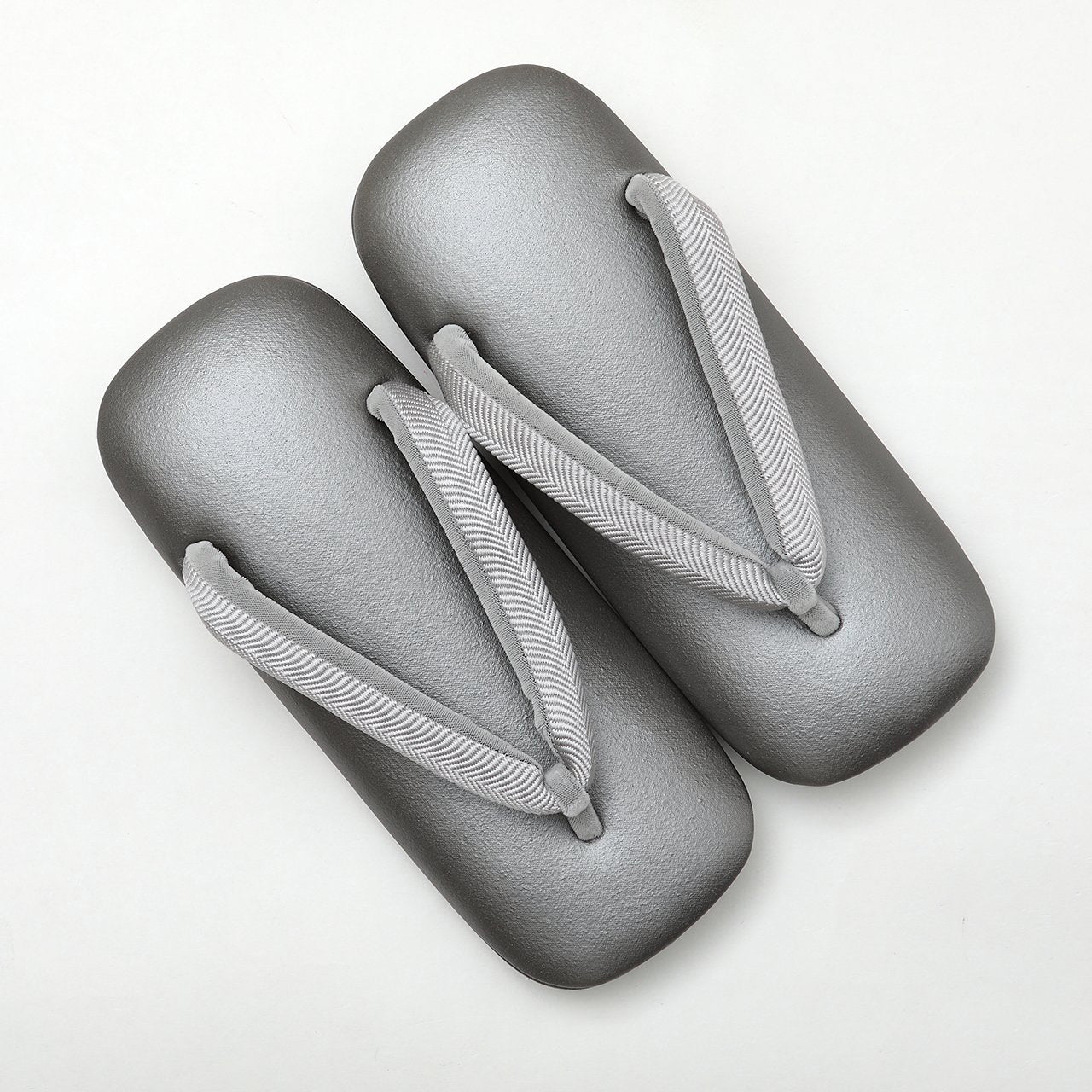 履物
履物
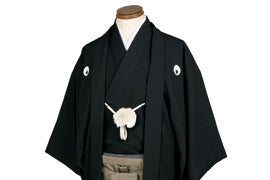 紋付
紋付
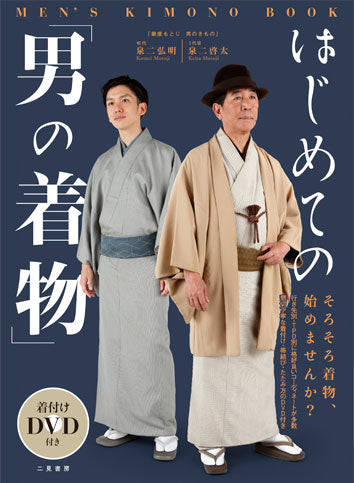 書籍
書籍
